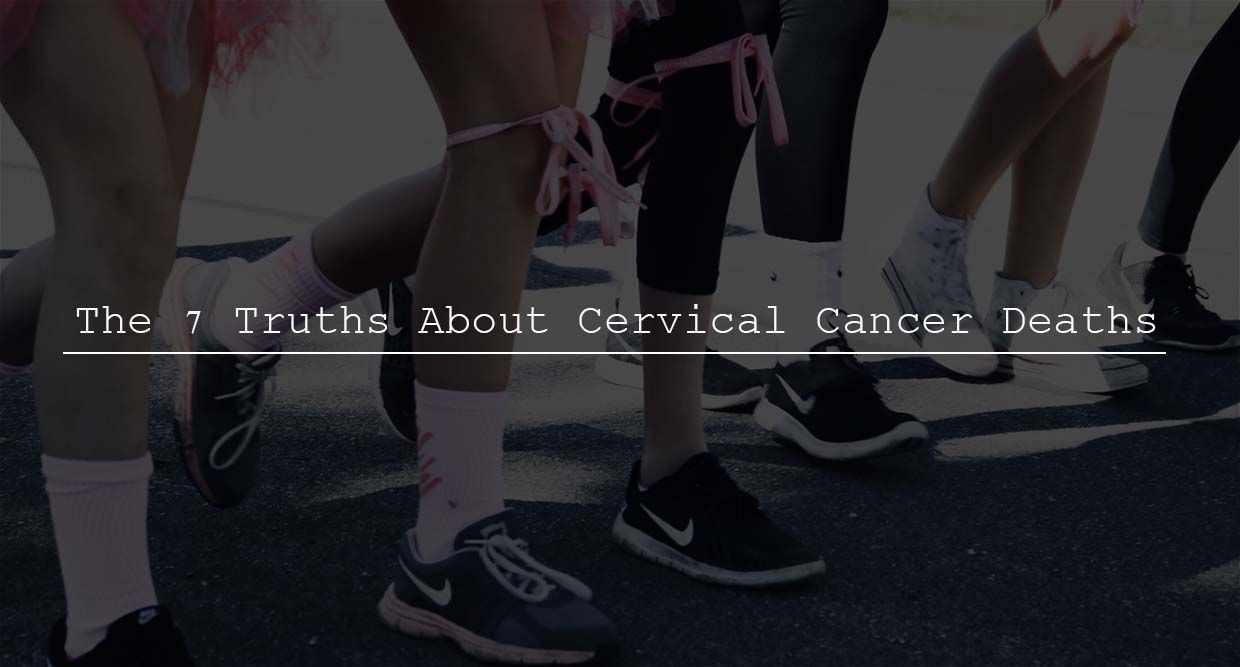Popular culture has a term to describe cancer. This term aptly named the disease that over the years seemed to terrorize almost everyone around the world. Cancer is called the “BIG C.” Cancer has become the BIG one when it comes to classifying diseases. It destroys a person not only physically but also emotionally. For women, the cancer type that is commonly occurring is cervical cancer. Cervical cancer is considered the fourth most common cause of cancer and the most common cause of death for women. This type of cancer starts in the cervix. It starts when there is an abnormal growth of cells in the cervix. The abnormal cells will begin affecting the organ where it originated and then afterwards affect other parts of the body. Ninety percent of cervical cases are caused by human papilloma virus. Smoking, usage of birth control pills, weak immune system, and having multiple sexual intercourse partners are just some of the common risk factors for cervical cancer. The symptoms do no usually come earlier; it is gradually felt during when the cancer is on it advanced stages already. These symptoms sometimes may be misconstrued as symptoms for other diseases. Some of the symptoms that are associated with cervical cancer are episodes of abnormal bleeding during menstrual periods and after sex, pelvic pain, painful urination, and foul-smelling discharge with unusual color among others.
Previous and current statistics show impactful results. Just in 2017, as per estimations, there were 12, 820 new cases of invasive cervical cancer diagnosed in American women. And still in the USA alone, it is estimated that 4,210 women are going to die from cervical cancer. According to studies, these cases occur because only 11.4 percent of women in the United States are not screened for cervical cancer, which is imperative for women especially if they have been into a non-healthy lifestyle. Older women are considered at risk for this type of cancer as results show, since 15 percent of the new cervical cancer cases are diagnosed in women who are in age 65 and beyond.
Although these are all discouraging information, women do not have to be bothered because with the current medical breakthroughs, there is now a cornucopia of treatment methods to choose from. But it is important to remember that preventing cervical cancer is so much easier than curing it. Women should have a scheduled screening for cervical cancer. In this way, doctors will be able to check whether there is an abnormal cell growth and combat the progression immediately. For women who have cervical cancer, the survival rate varies in so many factors. These factors include the age of the patient, the race, the lifestyle, reception to the treatment, even the race, and of course the stage of the cancer. In finding the survival rate of cervical cancer patients, the 5-year survival rate can be used. This rate informs us the estimated percentage of survival of cervical cancer patients 5 years after the cancer was diagnosed. For women who already have cervical cancer, the 5-year survival rate is 68 percent. As for White women, it will be 69 percent while for Black women the rate is 57 percent. Obviously, any type of cancer in the early stages has a bigger chance of survival but for cervical cancer stage 4 survival rate for instance, it will be quite a challenge.
One harrowing and/or frightening result of cancer is death. Death is feared by all especially those who are suffering from debilitating diseases like cancer. However, as technology continues to advance and in turn paves the way for more medical breakthroughs, the number of deaths associated with cancer decrease in a significant way as the years pass by. Below, get to know the truths about death associated with cancer and in some way be enlightened also about the things that are simply not true about death and cancer as a one foe of all.
1. Cancer-associated deaths occur in low- and middle-income countries
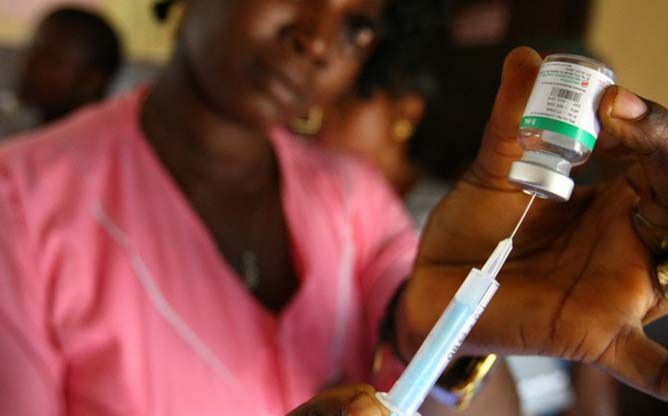
For first-world countries, the technology is advanced, there is a high percentage of educated people, and medical treatments are cheaper and reachable. But for third-world countries or even those in the middle-income countries, the lack of or even slow development can hamper progress in different fields most especially in the medical field. This is why there is a high rate of cancer deaths in these countries. What these countries lack in cancer prevention and treatment is a comprehensive approach that will include prevention program drives, early diagnosis, effective screening, treatment programs as well as proper equipment for all these. But most of it all, cervical cancer can be won if these countries have a massive awareness program for all the women about what cervical cancer is and how it can be prevented through proper lifestyle, early screening and diagnosis, and of course giving importance in the health sector.
2. Human Papilloma Virus is the most common cause of cancer and the eventual death of a patient
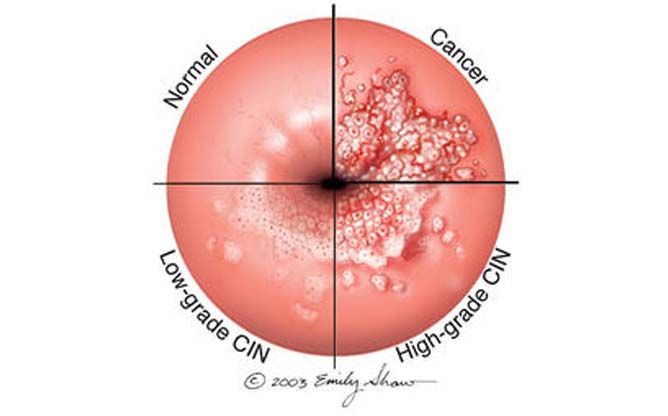
Premarital sex rate for ages below 20 is skyrocketing. Boosted by powerful influences of pop culture and entertainment industry, teenagers are engaging in sexual intercourse often resulting in plummeting unwanted pregnancy rates and cervical cancer occurrence. This lifestyle of having casual sex with multiple partners is unhealthy in so many levels and usually this is where people get the human papilloma virus in various cervical cancer cell types. This virus is often the main cause of cervical cancer. The best thing to do to avoid getting this virus is to live a healthy lifestyle and practice safe sex at all times. Also, women who are sexually active should start having a regular screening schedule for cervical cancer in order to know whether they already have abnormal cell growth or there is a presence of virus in the cervix. Having a regular screening schedule would be truly advantageous because there is a bigger chance of having cervical cancer cured especially if it is in its early stages.
3. Symptoms of cervical cancer can be misconstrued as symptoms of other diseases

There is a big truth in the popular adage that goes “knowledge is power.” In cervical cancer prevention and treatment, one has to be wary of all the details about this disease. For example, one should know the common symptoms of cervical cancer. The most common symptoms are abnormal vaginal bleeding during and after sex, during period, and even in menopausal stages; abnormal vaginal discharge that is foul-smelling; and pelvic and other body pains during and after sexual intercourse. To be sure if the symptoms are just symptoms of other non-fatal diseases, it is best to consult a medical professional. The thing is, no one should even ignore these signs or doubt and be afraid of the process that a patient has to go through in order to fight cervical cancer.
4. Health lifestyle is always the CURE

Some of the most fatal diseases present in the world are because of our negligence. People have adapted a very unhealthy lifestyle with too much intake of carbohydrates, salt, sugar, etc. And people have engaged into dangerous acts such as unsafe sex and drugs. In cervical cancer, there are risk factors that may advance the case into becoming a full-blown cancer if not prevented. Some of these risk factors stem from a lifestyle in the urban and populous megacities. These risk factors range from smoking, being overweight, long-term usage of contraceptives, etc. On the other hand, some risk factors are because of hereditary factors (when a close relative have a cancer, there is a chance that another relative will have one) and biological (having three or more full-term pregnancies and old age). It is best for people to be cautious in the way we live because at the end the sufferer will always be us. As recommended by the World Health Organization, there should be an approach that will encompass multi-disciplinary interventions that include community education, social mobilization, screening, vaccination, etc. Healthy living can be simply defined as being conscious and smart about what we eat and how we live with other people.
5. Vaccination is as close as having cured and getting away from cancer-associated death

Indeed, the medical world is studying in the fastest pace possible for the results to emerge. All the latest innovations in cancer prevention and treatment are all because of constant and progressive studies in the field of cancer. HPV vaccine is one of these brilliant results. As discussed above, HPV or the human papilloma virus have a big percentage as the most common cause of cervical cancer cases around the world. This HPV vaccine is considered a widespread immunization that would lessen the impact of cervical cancer in the whole world. Vaccination drugs like Cervarix (for girls) and Gardasil and Gardasil 9 (for boys and girls) can be used as protection against HPV strains that can cause cervical cancer. All the three mentioned vaccines are able to prevent even anal cancer and genital warts among others. Vaccinating boys is actually good because in that way girls will be protected from these viruses. For those who already have a strain of HPV, getting vaccinated is still going to be helpful in the way that it will protect you from other HPV strains that you do not have yet. Consulting a medical professional and getting a thorough discussion about vaccination are advised.
6. Through the years, there is a decrease in cancer-associated deaths
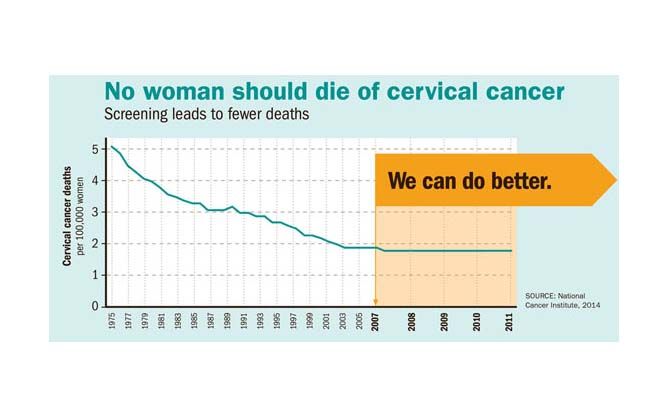
In the UK alone, between the years 1971—1973 and 2012—2014, mortality rates have decreased by a staggering 72 percent. This is a big percentage! The trend projects that over the last decade which is in the years 2003—2005 and 2012—2014, the mortality rates for cervical cancer decreased by 23 percent. Mortality trends are a reflection of incidence and trends in survival. In simple terms, there is a big and remarkable change in cervical cancer numbers game. Because of worldwide awareness drive about cervical cancer diagnosis and treatment, the number of cases will eventually lower down in the years to come, posing a big hope for all.
7. Cancer-associated death is not always the endgame…and can be prevented
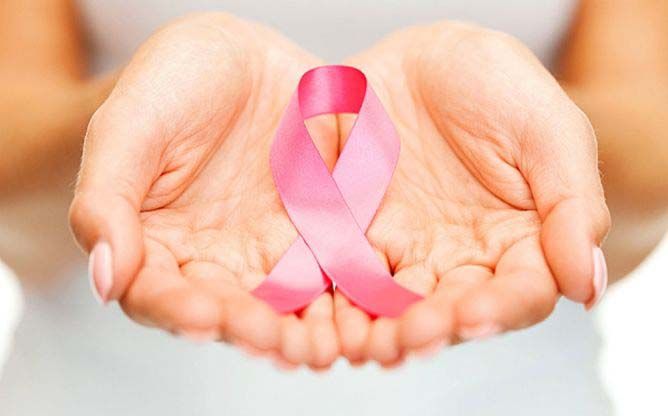
When someone hears he or she has cancer, the first thought would be that he or she will die. And you cannot blame him or her, knowing that there is no final cure yet for this disease and that the treatments alone can be really demanding and hard to endure. However, no one should ever lose hope as long as the patient submits himself to every medical treatment there is and stand firm into fighting cancer, then death can surely be taken away from the view. There are various treatments for cancer. Categorically, these can be down to complementary and alternative medicine (CAP), palliative or supportive care, and other standard treatments such as surgery, radiation, and chemotherapy among others. CAP refers to submitting to treatments that came from nature, e.g., Ayurveda and intake of medicinal or herbal remedies. Palliative or supportive care is more in improving quality of life through holistic care from various individuals/sectors that include the whole family and community. As for the standard treatments, these are the usual treatments for cervical cancer and other types of cancer. Also, there are various cervical cancer organizations that aim to help patients in surviving and achieving a high quality of life. For those looking for products and equipment necessary for women’s health care especially in fighting diseases like cancer, Liger Medical Global is the company that offers these in the most cost-effective way possible. All of these can aid a woman battle cancer and death in a winnable way and thus it makes cervical cancer the most treatable kind of cancer.
Thanks to the relentless quest in searching for better treatment and cure of cervical cancer, women will now be able to be cured from cervical cancer. Again, it is better to have cervical cancer detected in the early stages for it to be treated easily and earnestly. Screening is highly recommended by the medical world for women and this program must be required so that everyone will be able to undergo the test. Every country in the world must emphasize improving one’s health and should of course give importance not only in the education department but also in the health sector. In this way, health care will be affordable and reachable for all regardless of their social status in life. In fighting cancer and death, everyone should take his or her part of the fight…because the two can be defeated if we all stand and battle together.


